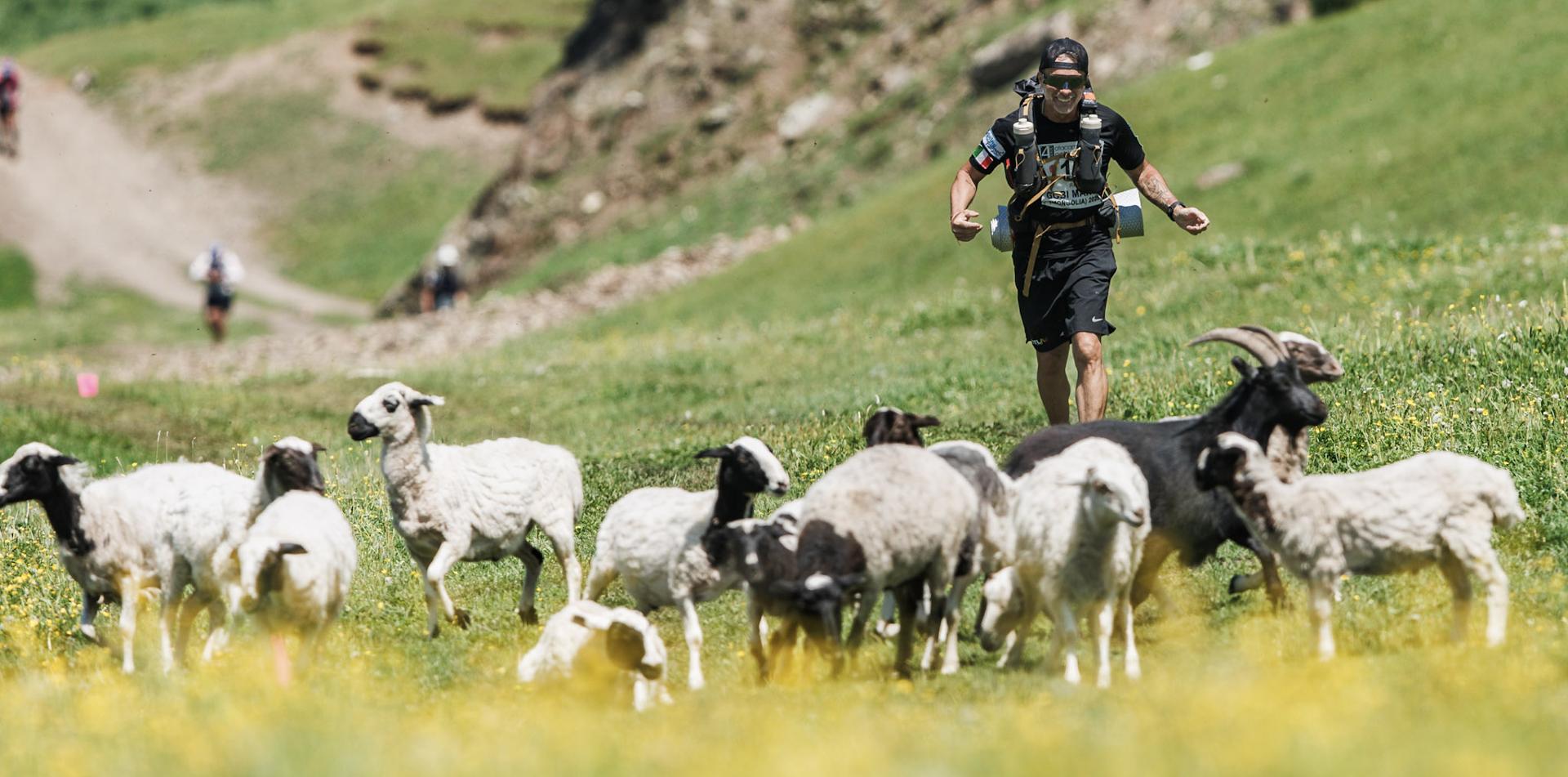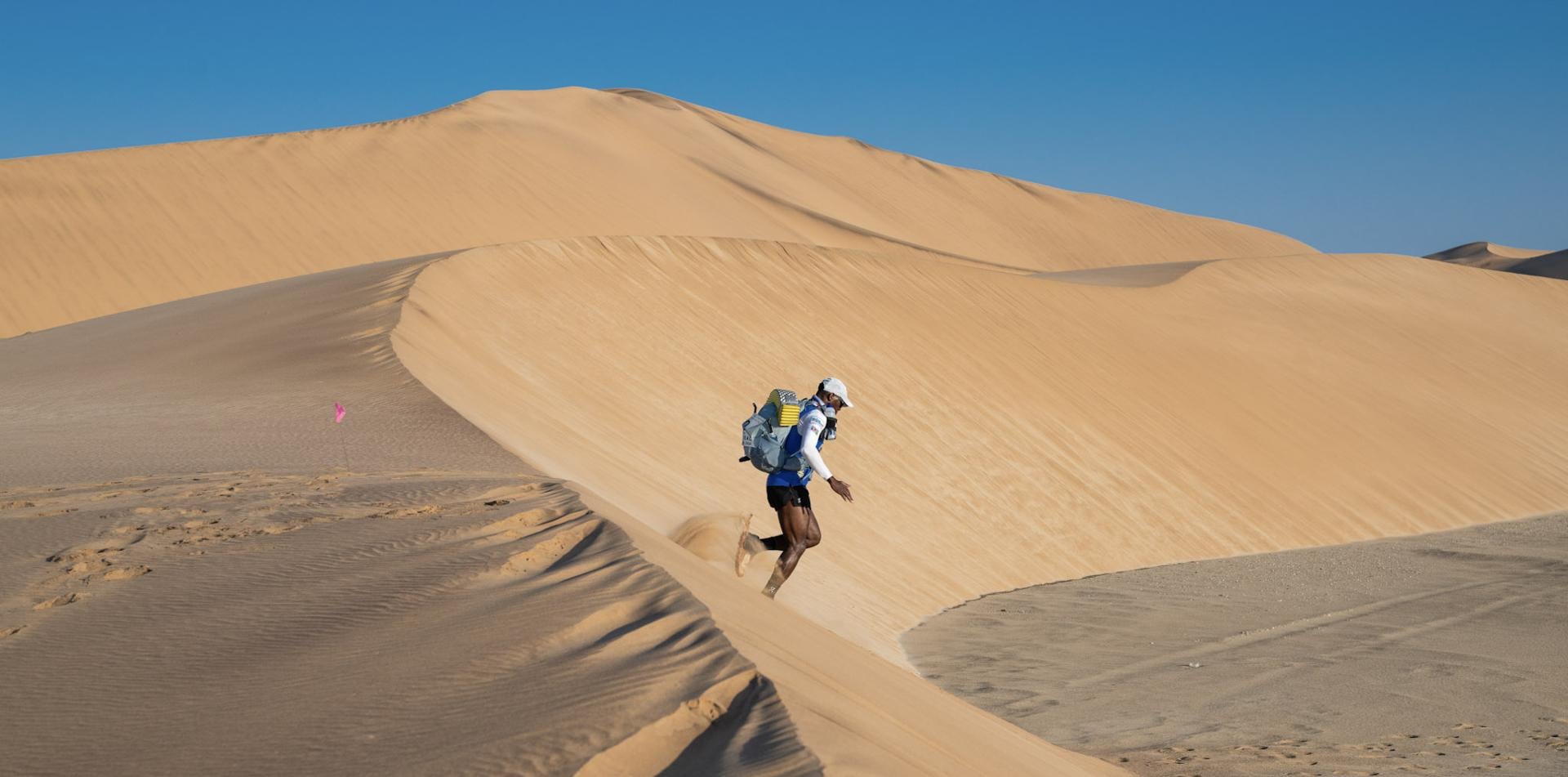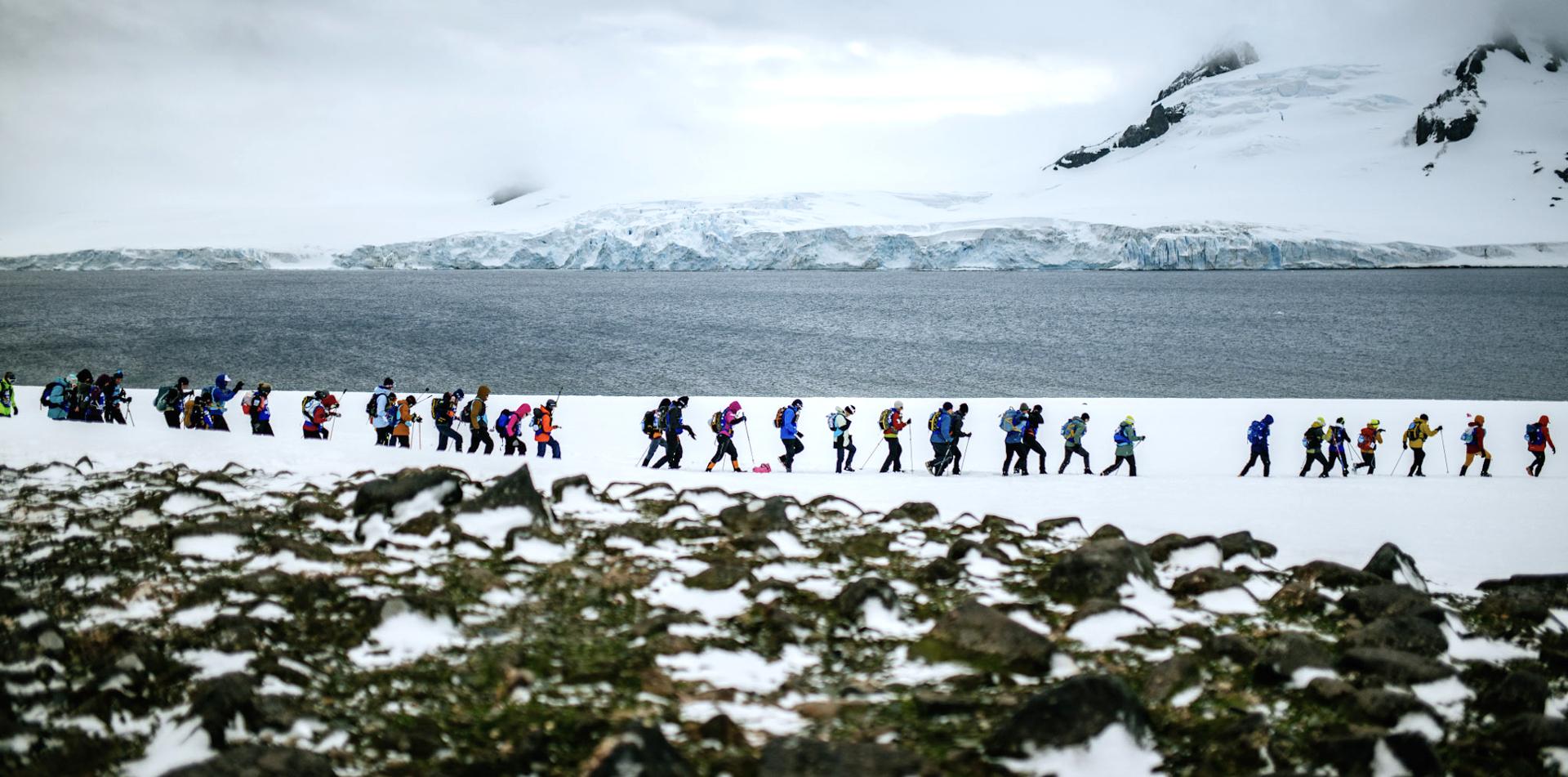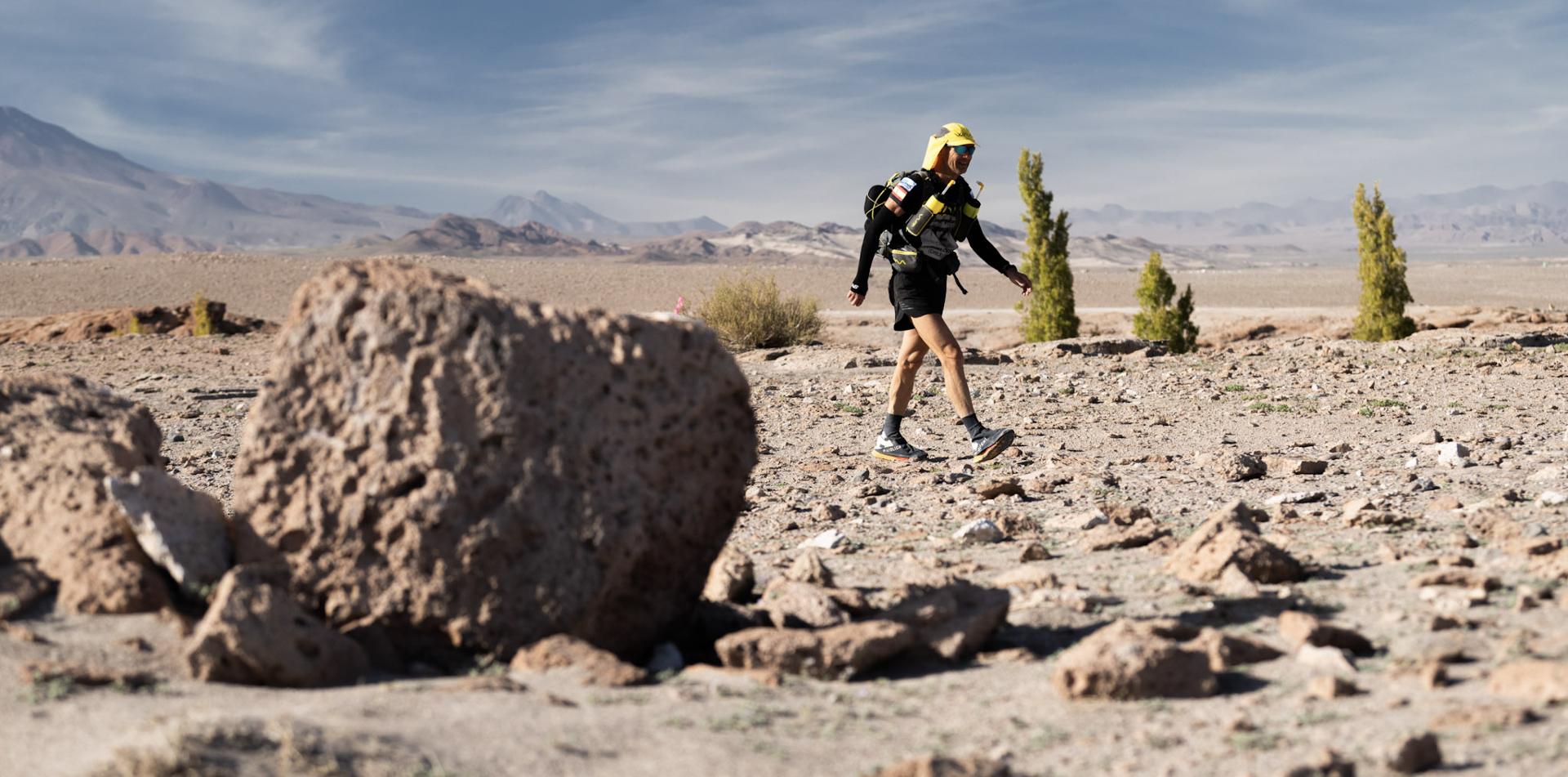Understanding the Anatomy of a Sleeping Bag

Not all sleeping bags are created equal. And, not all humans will be comfortable or warm in the same sleeping bag either. To understand how to best sell a sleeping bag to your customer, it helps to know how a bag is assembled—the anatomy lesson of the sleeping bag, if you will.
Understanding Insulations
It is the insulation in the bag, combined with the construction method, which provides the air-space or loft necessary to minimize or slow the heat loss from your body as it sleeps. Great insulation with poor construction methods or great construction with poor insulation means a less than satisfactory sleeping bag.
Down Fills
Down used in sleeping bags comes from the fluffy plumes that serve as an undercoat for geese and ducks. The best down has the most plumes and the least quill, and as a result, provides the highest fill powers. The higher the fill power, the less down needed to achieve the required loft for a given comfort range, otherwise known as a temperature rating. It also means a bag will likely be lighter. A 20-degree rated bag, with 800-power-fill down, will typically weigh a few ounces less than a 20-degree rated bag with 650-power-fill down. Of course, some manufacturers choose to pump in more fill, called overfilling, so this is not always the case. Still, the higher the power-fill rating, the more durable the down and, in most cases, the better quality of the bag.
Understanding the fill power is only helpful if you also know how the fill power was determined. There are multiple ways to test down, and each test varies significantly with the same down sample. The most commonly used methods for testing down are tumble dry and steam—an improvement over the older box method. In the dry-and-steam test, 800-power-fill down translates to one ounce of down lofting up to fill a volume of 800 cubic inches.
Down must be kept dry, as it loses its ability to insulate once it gets wet. Most down bags have either a waterproof/breathable shell or a shell that is treated with a durable water repellent (DWR) finish. While a DWR allows water to bead up on the outside of a bag rather than soak in, it is not waterproof.
Synthetic Fills
There are many types of synthetic fills on the market. They try to mimic the superior weight-to-warmth performance, durability and feel of down with the superior wet-performance, typically non-allergenic and quick-drying attributes of a synthetic. There are many brand names for synthetic insulations, and each has a slightly different formulation, denier and filament length of the base polyester fiber. Some brands are PrimaLoft, Climashield, Hollofil, Quallofil and Polarguard. Aside from the performance characteristics each brand boasts, it is the fiber's staple length that has the greatest effect on how an insulation feels and performs.
PrimaLoft, for example, is a short-staple fill insulation, relying on short lengths of densely packed, fine-denier filaments. Typically, short-staple insulations are more compressible and are more likely to mimic the feel of down.
Climashield is a commonly used example of a continuous filament, which by its construction is considered more durable than short-staple filament insulations, but also feels stiffer and is less compressible.
With all synthetic insulations, it is the combination with specific construction techniques that truly makes them perform.
Hybrid Fills
There are a select number of bags out there that employ a sort of hybrid insulation technology, combining synthetic insulation with down insulation in an attempt to achieve the best performance characteristics of both in a single bag. Insotect's Dualmax construction technique (pictured right) is one example of this type of system.
Construction Techniques
The way insulation is held or managed between a bag's outer shell and its inner lining go a long way in determining the performance characteristics and insulation efficiency of a sleeping bag. Insotect, for example, is dedicated to innovating new construction techniques that utilize existing insulation materials to improve thermal efficiency, loft and comfort. Construction is just as, if not almost more, important to how a bag performs than what it is filled with. Typically, with down bags, the down will be held in place via a system of baffles or tubes. Synthetic insulations are usually secured via a system of quilting, shingling or layering. In all cases, the goal is to minimize unplanned shifting of the insulation material, ensure even distribution of the insulation material, and prevent cold spots from forming.
Construction Techniques for Down Bags:
- Box. Box construction provides consistent down consistency and placement throughout the bag. Slant and trapezoid boxes are often used in the footbox region as the shapes of the boxes around the foot are not square. Some companies, like Sea to Summit, are using a modified box called quilted baffle box construction. It adds a baffle, making each box three-dimensional to prevent cold spots that are created by sewn-through seams.
- Tubes or horizontal baffles. Long tubes, about 5-6 inches wide, run horizontally, and are either sewn through to keep the down in place or divided by baffles. Some bags use side baffles down a side seam to prevent down from shifting from the top to the bottom. Sewn-through baffles are used in warm-weather bags as the cold spots created by sewn seams don't matter.
- Vertical baffles. New for 2011, Insotect has pioneered a new sleeping bag construction technique called Insotect Flow. The system combines both a vertical baffle construction, called VTC (Vertical Thermal Channels), and special down management gates called FlowGate (pictured right). By using vertical baffles, Insotect has discovered that insulation can rest closer to the user, meaning a more efficiently constructed sleeping bag that fits the sleeping person better and more comfortably. In addition, by reducing the number of baffles required, the weight and bulk of a bag becomes lower as less fabric is used. Insotect Flow prevents the migration of down in a vertical baffle by the use of specially designed gates it calls, appropriately, FlowGate technology.
Construction Techniques for Synthetic Bags:
- Layered and off-set: Essentially, two layers of insulation are placed one on top of the other, with one layer sewn to the outer shell of the sleeping bag, and the other, with the seams typically offset to prevent cold spots, sewn to the lining of the bag. Another version, usually in less expensive bags, is a sheet of insulation secured into the bag by a single stitch through the shell, insulation and lining.
- Shingled: This construction method takes shingles of insulation and stitches them to the outer shell and to the lining. If looked at in a cutaway, each shingle of insulation is angled and overlaps the next... like a roofing shingle. By overlapping the insulation shingles, cold spots are eliminated.
- Modified construction technique: Insotect A-Flex takes synthetic fibers and then flexes them backward on themselves during the construction of the bag to provide additional loft and under-body support. Shorter pieces of insulation are placed as anchors, adding structural support to the insulation matrix and creating air pockets for increased retention of body-generated heat.
Differential Cut
This is another type of construction technique, typically in higher-end bags, regardless of the insulation type, although it is most often in down-filled bags. Essentially, the lining of the sleeping bag is cut and sewn to be smaller in shape than the outer shell, thereby allowing more natural space between the liner and the outer so the insulation lofts more naturally and easily.
Shell Materials
In less-expensive bags, shells are often manufactured using nylon, taffeta or polyester fibers. Although not durable, they are very breathable, and as a result, are quite serviceable in car-camping applications.
Durability is added to sleeping bag shell material in the form of ripstop fabric, both nylon and polyester. Most ripstop shells are treated with a DWR finish.
Other types of materials include microfibers and a wide variety of waterproof/breathable fabrics, such as Dryloft, Pertex and MemBrain.
Lining Materials
While the bag's shell is designed to protect the exterior from moisture and prevent the migration of down or other insulating materials, the lining facilitates and even enhances the transfer of moisture away from the body. No one wants to sleep in a clammy shell. Dark colored lining materials also enhance the drying of a damp bag in the sun, as they will more readily absorb heat when the bag is opened and hung over branches, a rock or clothesline.
Nylon, polyester or taffeta are commonly used materials. Some bags use silk, which is very expensive and can tear more easily, but is extremely soft, breathable and disperses heat well. Brushed cotton, flannel or fleece are also used, but more typically on recreational bags better suited for car camping.
Sleeping Bag Shapes
Without question, the mummy bag is the most effective bag for managing thermal efficiency, while reducing weight. Since the bag is tapered from shoulder to the foot box, and features a typically close-fitting hood, there is less extra space or volume in the bag to heat for the human body occupying it.
Most backpacking and mountaineering bags are mummy shape. There are other shapes, though, that work well for added comfort (sometimes just as important as warmth). Semi-rectangular-shaped sleeping bags, or modified mummy bags, feature much less of a taper from the shoulder to the foot box, and are more comfortable for those who like to spread out or roll around in a bag.
Women's bags, typically, do have a slightly different shape than men's bags and sometimes feature added insulation in the upper body and foot box. Women's bags are usually shorter in length than a man's, narrower in the shoulder area, and often wider cut in the hip.







 Newsletter
Newsletter
 Online Store
Online Store





